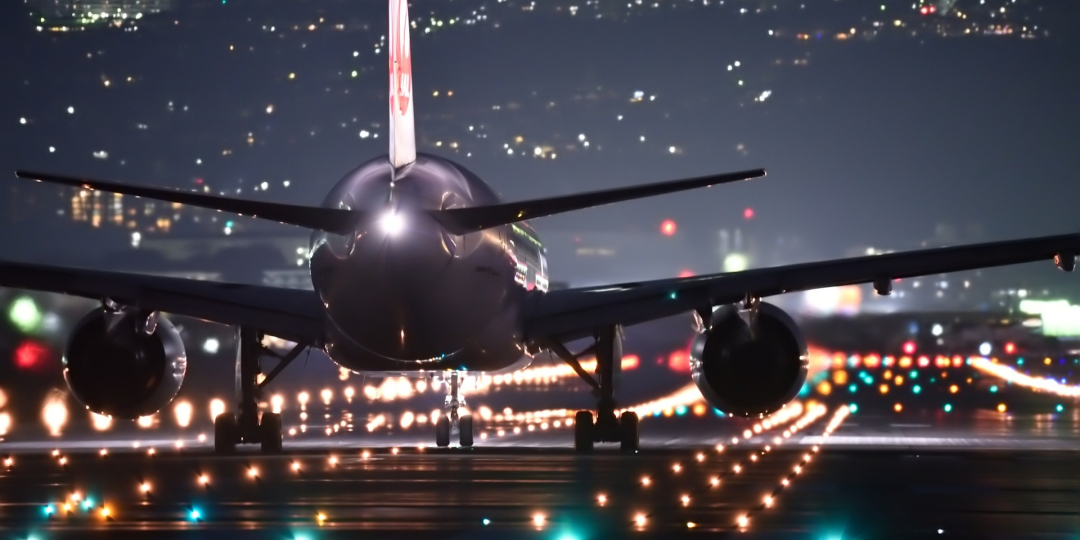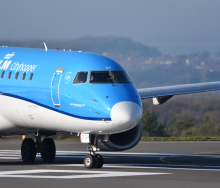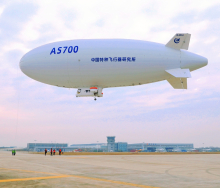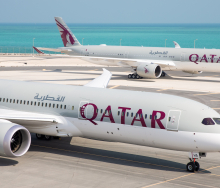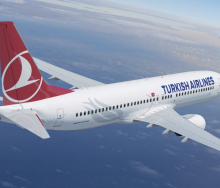The International Civil Aviation Organization (ICAO) says it has laid the groundwork to improve the efficiency, safety and sustainability of the global aviation sector.
Representatives of the world’s governments gave their support to a suite of actions suggested by ICAO at the 14th Air Navigation Conference.
The improvement means the phasing out of legacy flight-planning technology in favour of a more advanced mechanism, and the aim is to achieve this transition globally by 2034.
Global Navigation Satellite System (GNSS) interference such as jamming, spoofing and unintentional disruptions was flagged as an area needing attention. Recommendations included improving guidance for pilots, better information-sharing and the development of more resilient systems. A global contingency plan to manage GNSS outages was identified as a need.
The conference discussed the implementation of projects on longitudinal aircraft separation, which will reduce the distance between aircraft on the same flight path and free route airspace. Clear plans were also put in place to implement the hyper-connected air navigation system.
The conference agreed on implementing regulatory ‘sandboxes’ (isolated testing environments that enable users to run programmes or open files without affecting the application, system or platform on which they run) for the testing of new aviation technologies such as electric aircraft, to allow for collection of real-world data.
“This conference has resulted in concrete and actionable outcomes in critical areas," said ICAO Secretary General Juan Carlos Salazar. "From enhancing the resilience of satellite navigation to facilitating the introduction of electric aircraft, we have laid the groundwork for a safer, more efficient, and environmentally responsible aviation sector.”
